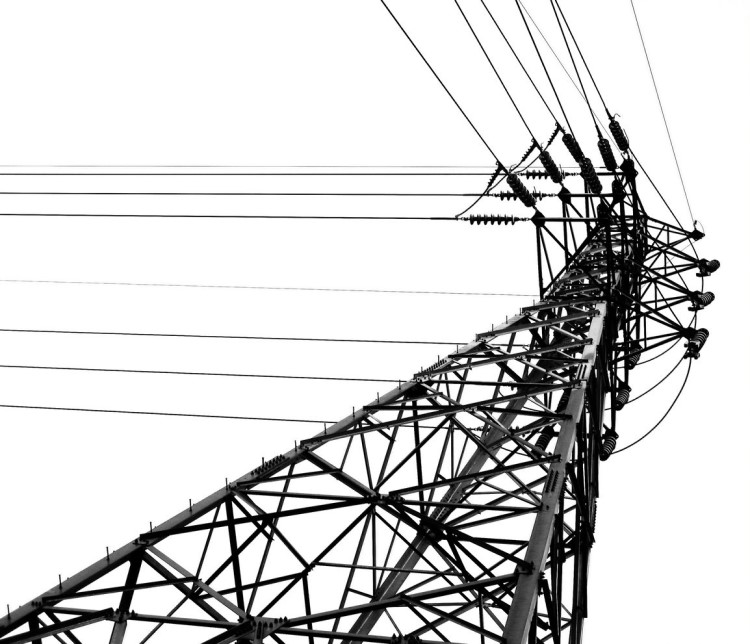New England Carbon Emissions Spike as Power Plants Turn to Dirtier Fuel
BOSTON (Reuters) — New England’s electric grid delivered a massive blast of greenhouse gas into the region’s air during a recent stretch of cold weather, as power stations switched from natural gas to dirtier but cheaper fuel oil, according to data from the grid's operator.

During the six weeks ended Feb. 7, the region's fleet of power stations burned 1.7 million barrels of fuel oil, accounting for more than 10% of the grid’s electric capacity, according to ISO New England. Fuel oil typically accounts for less than 1% of the region’s power production.
Burning that fuel oil produced about 3.55 billion pounds of the greenhouse gas carbon dioxide in January alone, up 4,800% from emissions from fuel oil in January 2021, according to emission rate estimates used by ISO-NE emission analysts. The grid's total carbon dioxide emissions totaled about 8.8 billion pounds in January, up 44% from the year-ago period. ISO-NE said the estimates are high-side averages based on individual fuel types.
Natural gas is the region's dominant fuel source, but many generators switch to other fuels if gas becomes too expensive or supplies are not available.
The price of natural gas has spiked globally in recent months in part because of heightened demand for LNG in Europe, which is trying to replenish low inventories and ensure adequate supplies as tensions mount between Russia and Ukraine.
New England's natural gas pipeline capacity is also limited, making it difficult to ramp up deliveries into the region when needed. A series of proposals to expand that capacity to bring in more supply have been rejected in recent years due to public opposition to new pipeline infrastructure.
While weather has warmed up in New England recently, grid officials are worried the region’s power generators may continue to have trouble accessing enough fuel to cover heating and other demands over the rest of the winter.
The grid’s most recent fuel survey for the six-state region showed dwindling fuel oil stocks and a slow pace of replenishment.
"It is essential that resources re-supply fuel to ensure energy adequacy for the balance of the winter,” the ISO said. More frigid temperatures are forecast for later in February and the ISO is conducting fuel surveys twice a week instead of once a week.
The region’s electric grid wobbled in early January when cold weather caused unexpected outages at several power stations and transmission lines. The ISO had issued an operational alert and called for more generating resources to keep the power on.
With natural gas prices soaring in New England, several Democratic Senators mostly from the region sent a letter to U.S. Energy Secretary Jennifer Granholm this month urging President Joe Biden's administration to reevaluate exports of LNG.
The United States is on track to become the world's biggest exporter of the super-chilled fuel in 2022, passing current leaders Australia and Qatar.
Tight gas pipeline capacity puts New England at the mercy of global gas markets, which can be disrupted by wild weather and geopolitical tensions, and makes switching to more carbon-intensive fuels like oil more likely.
“With record-high LNG prices this winter, we are likely seeing more economics-driven switching than normal,” said Troy Vincent, senior market analyst at research firm DTN Markets.
When fuel oil is used for generation in New England, CO2 emissions can run 3,670 pounds per megawatt hour of electricity. By contrast, CO2 emissions from natural gas run about 886 pounds per megawatt hour.
In January, fuel oil accounted for about 11% of the overall fuel mix for New England generators, peaking at 21% on Jan. 16, according to ISO data.
This is not the first time New England has been forced to rely heavily of dirtier fuel oil.
In January 2018, during a prolonged cold snap. The grid’s fleet of gas-fired power stations started burning fuel oil after failing to secure enough gas. Carbon dioxide emissions more than doubled to a daily average of 220,000 tons during that time, up from 100,000 tons per day leading up to the cold snap, ISO officials said.
Related News
Related News

- Keystone Oil Pipeline Resumes Operations After Temporary Shutdown
- Freeport LNG Plant Runs Near Zero Consumption for Fifth Day
- Biden Administration Buys Oil for Emergency Reserve Above Target Price
- Mexico Seizes Air Liquide's Hydrogen Plant at Pemex Refinery
- Enbridge to Invest $500 Million in Pipeline Assets, Including Expansion of 850-Mile Gray Oak Pipeline
- Venezuela Proposes Alternative Payment Plan as Weak Bids Surface in Citgo Auction
- Baker Hughes Wins Contract for Huge Aramco Gas Expansion Project
- Enbridge Picks Contractors for Great Lakes Tunnel Project, Securing Line 5 Pipeline Route
- Russia's Gazprom Sees Worst Loss in Decades as European Gas Sales Collapse
- Shell Nigeria Inks $100 Million Gas Pipeline Deal with Oyo State




Comments